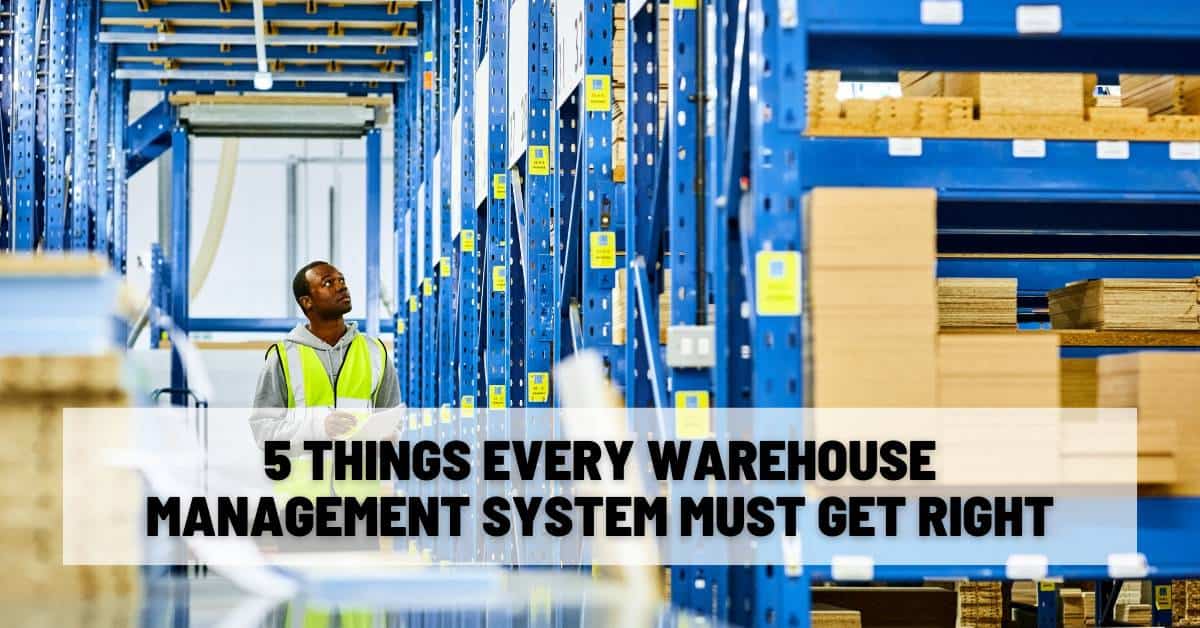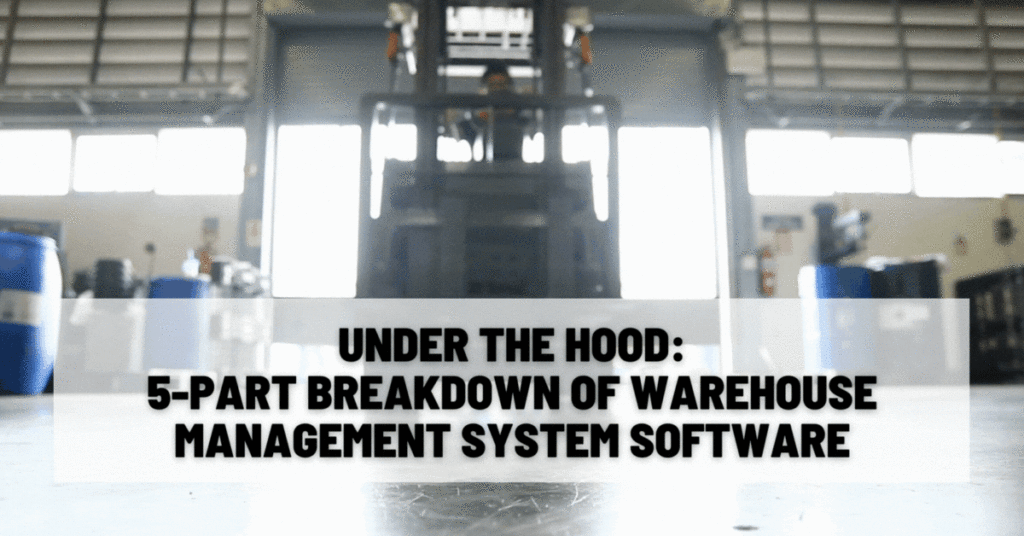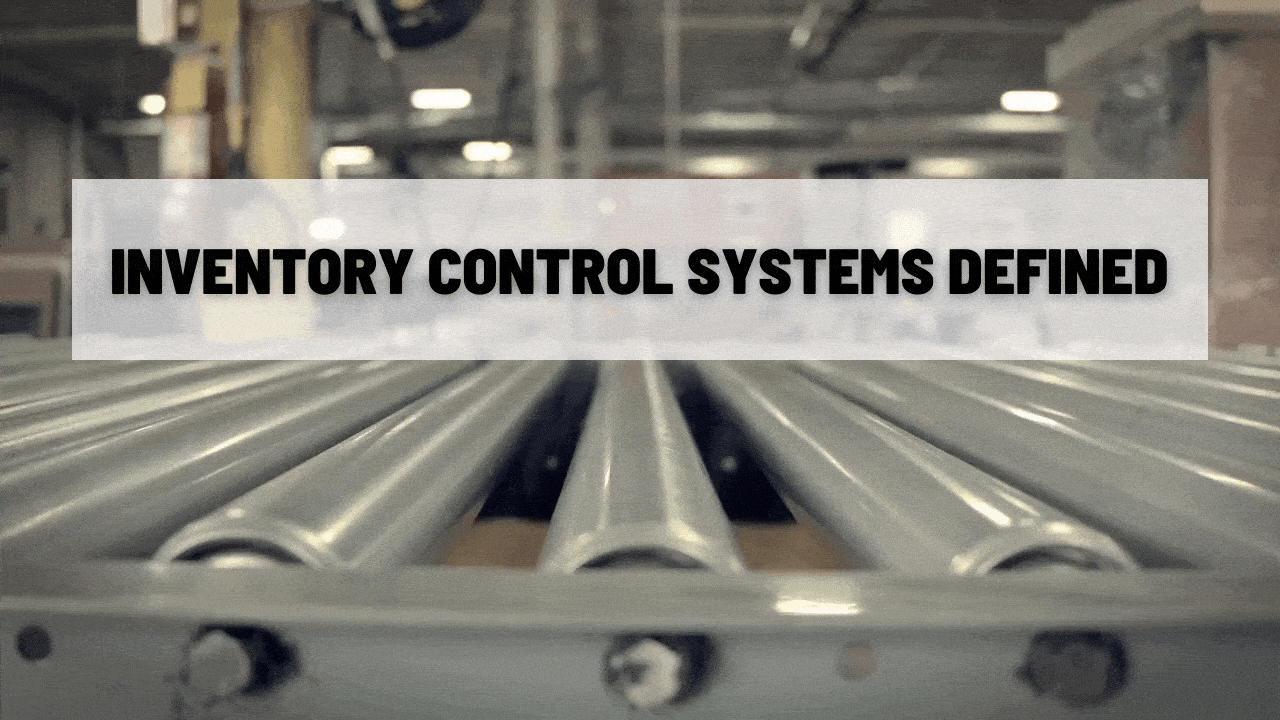Under the Hood: 5-Part Breakdown of Warehouse Management System Software
Warehouse management is one of those all-or-nothing concerns. Either you never think about it, or your livelihood depends on getting it right.
Warehouse management is a broad topic that covers all the principles and processes that you use to run your warehouse, fulfillment center, distribution center, etc. Basically, the core of your business!
This runs the gamut from broad, “big picture” decisions like organizing shelf and floor space all the way down to exactly when to reorder products.
Warehouse management includes other important but narrower concepts like inventory management.
A warehouse management system (WMS) is any software solution built to make warehouse management easier (or at least simpler) for you. A WMS is often included as part of a larger enterprise resource planning (ERP) system.

How to Maximize the Only Part of Warehouse Management Customers Are Likely to See
Warehouse management is vital to satisfying and retaining your customers. It ultimately determines whether your customers get exactly what they ordered and on time (and whether they get it at all).
In fact, delivery times are just about the only part of your warehouse management that your customers are likely to see. But one late delivery can turn a potentially loyal customer into a vocal critic.
The UPS Pulse of the Online Shopper 2017 reports that 63% of surveyed online shoppers considered delivery speed important when searching for and selecting products, with 77% willing to pay for expedited shipping.

5 Things Every Warehouse Management System Must Get Right
Broadly speaking, warehouse management breaks down into 5 key functions:
- Receiving and stowing: Your warehouse is going to receive materials and/or stock regularly. Your warehouse management system needs to be able to keep track of each box when it’s scanned at the loading dock and again when it’s scanned at its long- or short-term storage location in your warehouse.
- Inventory management and inventory tracking: If you want to make any sense of the ins and outs of your warehouse, you can’t treat it like a black box. You need to know how much you have of each material, component, and product at all times. Ideally, you want to know where each individual unit is physically located and where it is in your internal processes.
- Picking and packing: Your warehouse management system should be able to produce pick lists for your pickers based on incoming orders. These lists should be optimized for speed and efficiency based on your organizational system. It should also help your packers prepare outgoing packages to be stored temporarily and speedily shipped out.
- Shipping: Most of this one is probably out of your hands if you rely on a third-party shipping service, but your warehouse management system should be able to track each outgoing package as it leaves your premises. It should also be able to talk to your shipping service’s software to provide tracking info for your customers.
- Reporting: From spotting inefficiencies and surpluses to managing employee training, your warehouse management system should be able to give you detailed data on the current state of your warehouse and its trends over time.
To find out how AcctVantage ERP can support your ongoing business growth and success, click here to get in touch with us.



